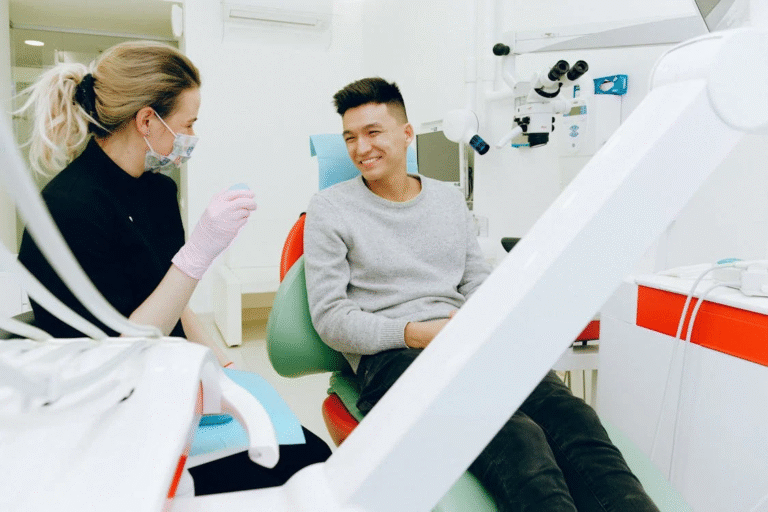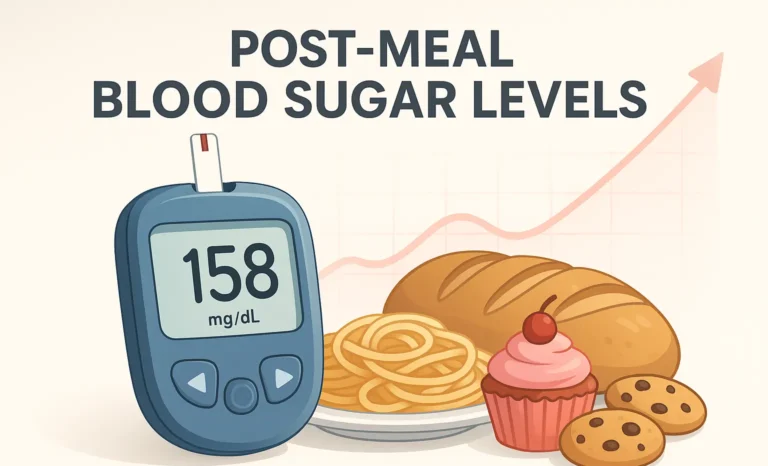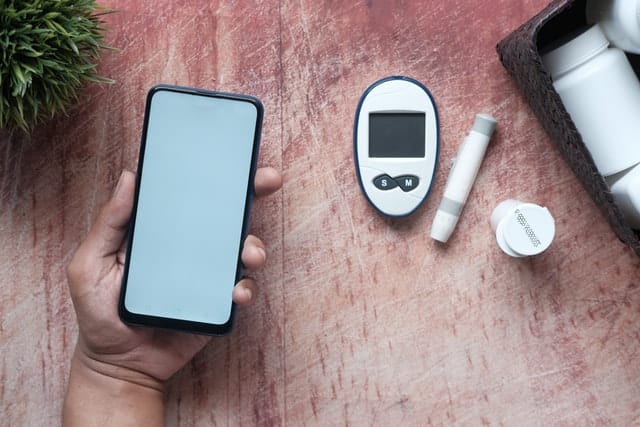What Nursing Home Diabetes Management Plans Should Include
Diabetes care in nursing homes ensures the maintenance and management of glycemic control (normal blood sugar levels). Hyperglycemia (too much sugar) or hypoglycemia (too little sugar) could cause problems for elderly patients. You need to know the care plans your elderly would get at the nursing home before entrusting them with caring for your older. Though care plans should be specially tailored for each resident, they must also cover every major component of diabetic care. Let’s find out the diabetes management plans that a nursing home must cover.
Blood Sugar Monitoring
Every diabetic nursing home resident should have their blood sugars around the normal range with little variability. Nursing home caregivers should use a glucose meter to monitor the blood sugar of their residents. However, testing can vary based on the severity and type of diabetes. According to the Mayo Clinic, individuals with type 1 diabetes need to be tested four to 10 times every day. While type 2 patients who require insulin must test their blood sugar level between meals and before going to bed.
Diabetic patient’s nutrition
Apart from monitoring blood sugar levels, elderly diabetic patients must remain at a normal body weight. The body weight of a diabetic patient can be kept in check through diet changes. So, nursing home staff must monitor the amount of food diabetic patients eat. Additionally, help them select good foods to eat that follow their care for diabetes plan.
For instance, staff might have to reduce the amount of fat, cholesterol, and carbohydrates that a nursing home resident eats. Additionally, after an insulin injection, the elderly patient must also be given food to avoid a significant drop or spike in blood sugar.
Diabetic medications
Part of the management plan of a diabetic patient must include insulin injections and other diabetes medications that help keep the elderly patient’s blood sugar level stable and in the normal range. Nursing home staff should ensure the patients get every medication needed. When medication errors occur, the elderly resident could suffer harm.
Foot checks
The Centers for Disease Control and Prevention (CDC) has recommended that diabetic patients regularly check their feet every day for redness and other injuries. Diabetic patients usually suffer from nerve damage and numbness in their feet, which puts them at risk of bedsores. Nursing home staff should perform these checks on behalf of the resident.
Falls protocol
Hypoglycemic patients are at risk of frequent falls. Low blood sugar could put diabetic elderly people off balance, which means they easily fall. Balance training can help them reduce the risk of falls.
Infection control
When insulin injection or blood sugar monitoring tools are used by more than one person, there is a risk of spreading bloodborne viruses such as hepatitis B. Such outbreaks are usually more common in long-term care facilities, so needles should not be shared by more than a single patient.
Endnote
When a diabetic person is poorly taken care of in a long-term setting, it could result in deadly or serious complications. This is why you must note the management plans of the nursing home where you intend to place your elderly one. However, if complications occur, you can also file a nursing home abuse lawsuit to ensure you get justice for those who have harmed your loved one.
Image Credit






